4 Vegan Swaps That Replace Greek Yogurt Smoothly
Finding the perfect vegan substitute for Greek yogurt can transform dairy-free cooking and baking experiences.
Many plant-based alternatives now mimic the creamy texture and tangy flavor that make traditional Greek yogurt so beloved in recipes.
Coconut, almond, and soy-based options have come a long way in recent years with improved formulations and nutritional profiles.
The best dairy-free replacements offer similar protein content and culinary versatility without compromising on taste or consistency.
Home cooks around the world appreciate how these substitutes work seamlessly in everything from breakfast parfaits to savory sauces.
Innovative food companies continue developing better products as demand grows among health-conscious consumers and those with dietary restrictions.
Ready to revolutionize your dairy-free kitchen arsenal with these impressive Greek yogurt alternatives? The rest of this article reveals exactly how to choose and use them effectively.
Common Reasons to Swap Greek Yogurt
There are plenty of reasons you might want to swap out Greek yogurt in your recipes, whether you’re cooking, baking, or just looking for something different in your daily routine:
Dietary Needs
Some people avoid dairy due to lactose intolerance, allergies, or a vegan lifestyle, so plant-based yogurt or another substitute keeps meals safe and comfortable.
Taste and Texture Preferences
Greek yogurt is tangy and thick, which isn’t always the right fit, some recipes or eaters prefer a milder flavor or a creamier, smoother texture.
Cost and Availability
Greek yogurt can be pricier or hard to find in some stores or locations, making a swap more budget-friendly and convenient.
Reducing Fat or Calories
Sometimes you want a lighter alternative to lower the fat or calorie count in a meal compared to full-fat Greek yogurt.
Recipe Versatility
Some recipes need a runnier texture or a neutral base; alternatives like regular yogurt, sour cream, or blended cottage cheese may work better.
Trying New Flavors
Swapping Greek yogurt lets you try different tastes, like coconut yogurt for sweetness or almond yogurt for a nutty twist.
Food Sensitivities
For those with sensitivities to additives or cultures in some Greek yogurts, homemade or alternative options can be gentler on digestion.
Healthy Swaps for Greek Yogurt
Greek yogurt running out doesn’t have to put your recipe on pause. A creamy alternative will stir in easily and keep things light and smooth. Your finished dish will still feel wholesome and satisfying.
Organic Cashew-Milk Yogurt
Cashew-based yogurt stands out as a premium vegan alternative with its remarkably mild flavor that closely resembles dairy yogurt - most people can't even tell the difference.
These plant-based treats contain beneficial probiotics that support healthy digestion and may help with weight management while offering comparable or even better nutritional profiles than their dairy counterparts.
Companies like Forager Project have mastered creating these yogurts with fewer ingredients and lower sugar content without sacrificing taste.
The natural sweetness comes through despite having no added sugar, making each spoonful satisfying for anyone seeking dairy-free options.
Oat-Milk Yogurt
Oat milk yogurt offers a creamy, delicious dairy-free option for those seeking alternatives to traditional yogurt products.
This plant-based substitute combines gluten-free oat milk with fava bean proteins and beneficial dairy-free probiotics that support cellular health without the saturated fats and excess calories found in dairy versions.
Nancy's, a respected dairy company, produces this popular option in both plain varieties (containing zero added sugar) and several flavored options that include just 5 grams of added sweetener.
Many health-conscious consumers appreciate how this substitute maintains the familiar yogurt texture while delivering important nutritional benefits from plant sources.
Unsweetened Coconut Yogurt
Coconut yogurt offers vegans a creamy alternative to dairy, combining coconut milk and cream with beneficial probiotics for gut health.
The thick consistency resembles Greek yogurt while providing essential vitamin B12, often missing in plant-based diets.
Higher fat content means this treat should be enjoyed in moderation rather than daily.
Making your own version at home is surprisingly easy with many recipes available online.
The tangy flavor pairs well with fruit, granola, or as a base for smoothies, giving you plenty of delicious options.
Almond Milk Yogurt
Almond milk yogurt stands out as a probiotic, dairy-free alternative with 3.8% fewer calories than Greek yogurt, making it ideal for those watching their caloric intake.
This lighter option contains beneficial bacteria while being notably low in both sugar and protein compared to traditional dairy varieties.
Kite Hill has developed an impressive range of these yogurts using almond milk combined with thickening agents like locust bean gum and xanthan gum.
The final product offers a good protein source without the higher calorie count found in regular yogurts.
Many people appreciate how this substitute maintains a similar texture and tanginess while accommodating dairy sensitivities.
Making Your Own Vegan Greek-Style Yogurt at Home
You can make your own vegan Greek-style yogurt at home with just a few ingredients and some simple steps, creating a creamy, tangy treat that’s dairy-free and customizable:
Texture and Flavor Tips for Vegan Yogurt Alternatives
Getting the right texture and flavor in vegan yogurt is easy with a few clever choices and simple steps, so you can enjoy a creamy, tasty result every time:
Your Vegan Greek Yogurt Substitute Questions, Answered
1. Are vegan Greek yogurt alternatives suitable for baking and cooking?
Absolutely, use them in equal amounts in recipes for baking, marinades, sauces, and dips.
2. Can I make homemade vegan Greek yogurt?
Yes, strain thick plant-based yogurt through cheesecloth to achieve a Greek-style consistency, or make your own using non-dairy milk and probiotics.
3. Are there high-protein vegan substitutes for Greek yogurt?
Soy and pea-based yogurts are higher in protein than coconut or almond varieties. Always check labels for nutrition content.
4. Will a substitute work in both sweet and savory recipes?
Yes, vegan Greek yogurts are versatile for both sweet and savory dishes like parfaits, tzatziki, or creamy dressings.
5. Are vegan yogurt substitutes gluten-free?
Most plant-based yogurts are gluten-free, but always check packaging to confirm there are no added grains.


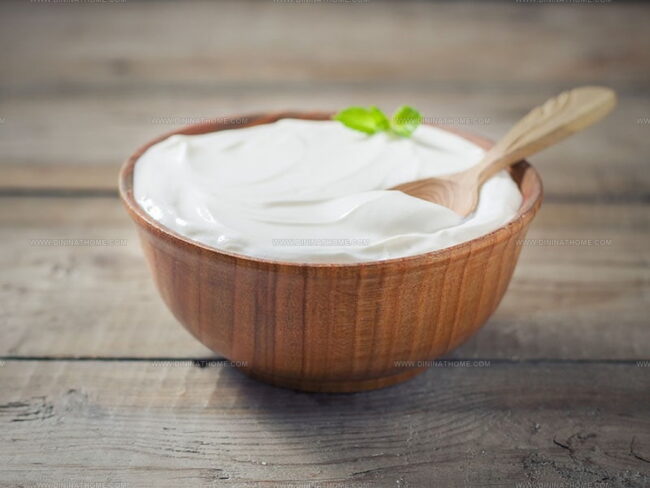
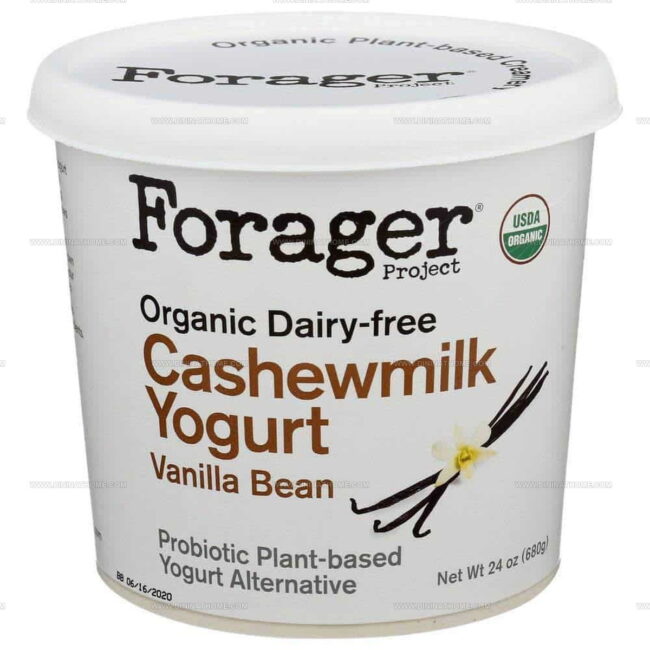
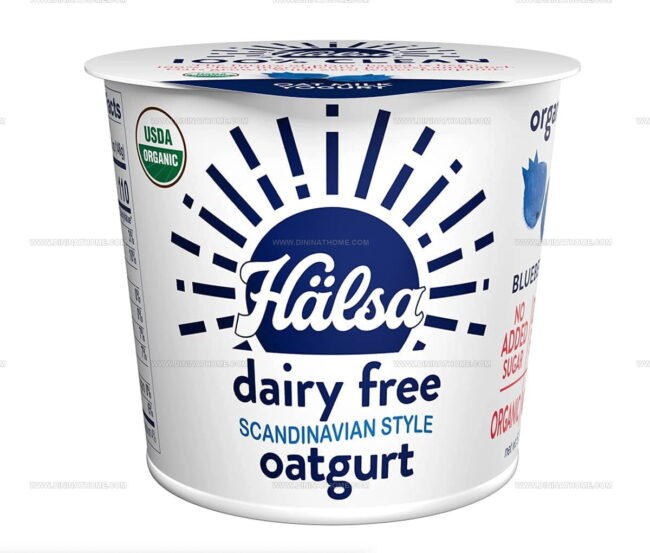
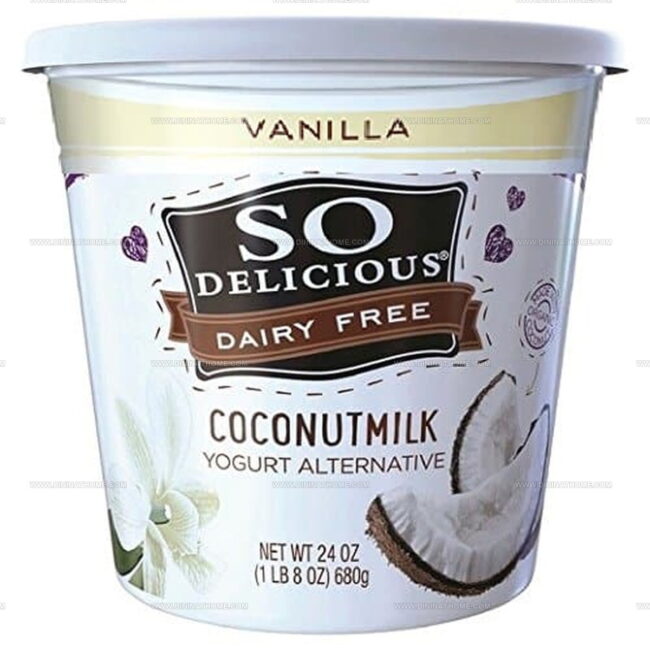
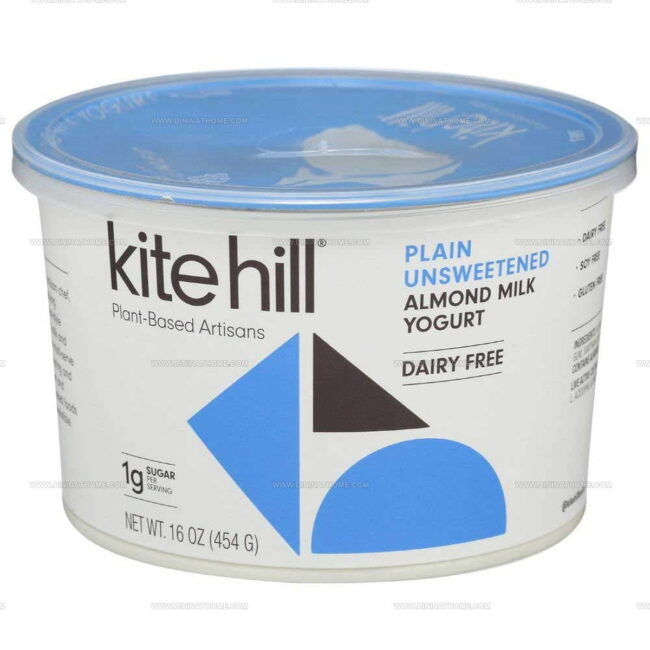
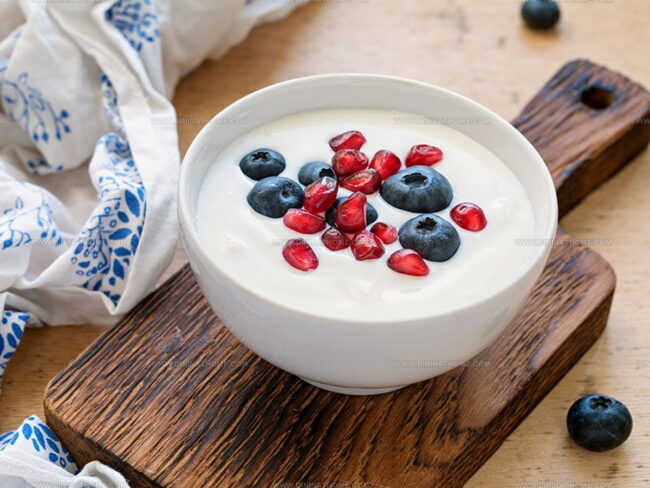
Emily Harper
Nutrition Consultant & Recipe Analyst
Expertise
Healthy Recipe Modification, Nutritional Analysis & Meal Planning, Global Cuisine & Dietary Adaptations
Education
School: French Pastry School, Chicago, IL
Program: L’Art de la Pâtisserie
Focus: Intensive training in traditional French pastry techniques, baking theory, and confectionery arts.
Emily’s journey started in a pastry kitchen but took a detour into the world of health and flavor science.
Graduating from the French Pastry School and studying nutrition opened her eyes to a new mission: making healthy food taste like something you’d actually crave.
At Dining At Home, Emily’s the go-to for smart, feel-good recipes that don’t trade flavor for nutrition.
She’s all about adding a fresh spin on old favorites and finding small ways to make everyday meals a little brighter.
Outside of the kitchen, Emily is most at home walking forest trails, testing plant-based recipes, or sharing a picnic under a wide-open sky.